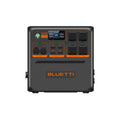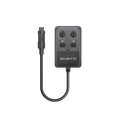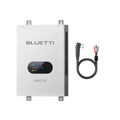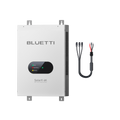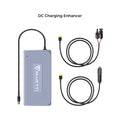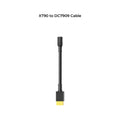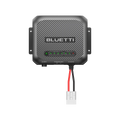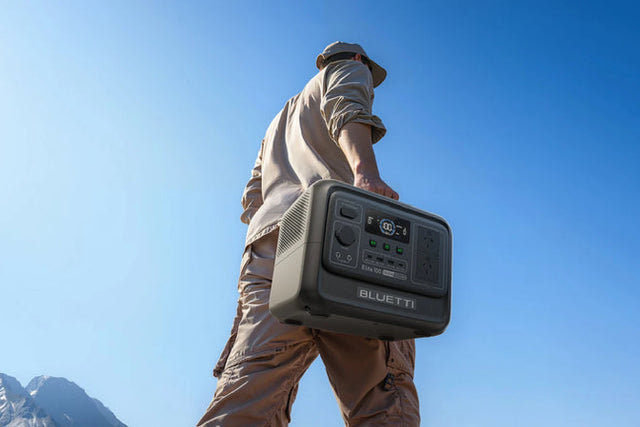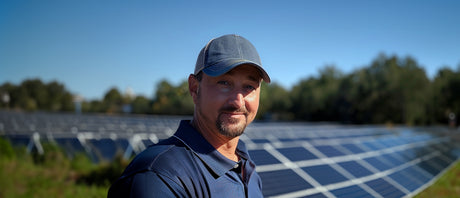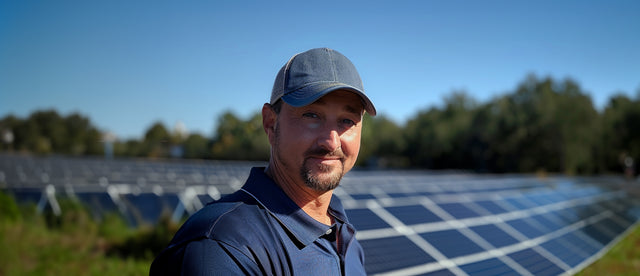In our modern world, where electricity powers every aspect of our lives, the occurrence of power outages can be both frustrating and disruptive. Ergon Power, a significant utility provider in Australia, plays a pivotal role in ensuring a consistent supply of electricity to homes and businesses. However, unforeseen circumstances, ranging from natural disasters to human-induced errors, can lead to power disruptions, highlighting the need for preparedness and understanding. In this article, we will delve into the various causes behind Ergon power outages and explore their frequency, aiming to help residents and businesses better understand the dynamics and take appropriate measures to ensure safety and preparedness.
Ergon Power Outages Due to Natural Causes

Ergon power outages can result from natural causes, with weather-related events and natural disasters playing a significant role. These events can have a profound impact on power supply reliability and necessitate a closer examination of their effects.
1. Power Outages Due to Severe Weather:
Severe weather events, such as thunderstorms, strong winds, and lightning strikes, are common triggers of power outages in Ergon's service area. Thunderstorms can bring intense electrical activity, causing power lines to short-circuit or equipment to malfunction. Strong winds, characteristic of cyclones and gust fronts, can result in trees and debris falling onto power lines, leading to disruptions in the power distribution network. Furthermore, the weight of ice accumulation during winter storms can cause power lines to snap, leading to widespread outages.
2. Power Outages Caused by Natural Disasters:
Natural disasters like fires and floods can also have a profound impact on power infrastructure. Wildfires, fueled by dry conditions and strong winds, can damage power lines, transformers, and other equipment. Floodwaters can inundate substations and other critical components of the power grid, rendering them inoperable. The combination of fire and flood can exacerbate the challenges faced by utility companies in restoring power promptly.
In both cases, Ergon Power Outages caused by natural events require a coordinated response from utility companies, emergency services, and community members to ensure safety and minimize disruptions. The unpredictability of natural events emphasizes the importance of proactive planning and preparedness to safeguard individuals, families, and businesses from the impact of power interruptions.
Ergon Power Outages Due to Human-Induced

While natural causes contribute to power outages, human activities also play a significant role in disrupting the power supply. These human-induced factors can vary widely and encompass equipment failures, construction-related accidents, and incidents of theft or vandalism.
1. Equipment Failures Leading to Power Outages:
Power outages resulting from equipment failures are not uncommon. Over time, power infrastructure such as transformers, switches, and power lines can degrade due to wear and tear. These components are also susceptible to manufacturing defects or corrosion. An equipment failure can trigger a cascade effect, leading to widespread power disruptions.
2. Construction-Related Accidents Impacting Power Supply:
Construction activities in proximity to power infrastructure can sometimes lead to accidental damage. Excavations or heavy machinery operations can inadvertently damage underground power cables or overhead lines, disrupting the flow of electricity. Utilities and construction companies must collaborate closely to prevent accidental power outages during construction projects.
3. Power Outages Due to Theft and Vandalism:
Theft of power cables and vandalism of power equipment can lead to power outages that inconvenience communities and pose safety risks. Thieves often target power cables for their valuable metals, disrupting the power supply to neighborhoods. Similarly, vandalism of substations or power boxes can result in significant damage that requires repair, causing outages.
Human-induced power outages highlight the importance of responsible behavior near power infrastructure and the need for constant vigilance to prevent such incidents. Utility companies work to address these challenges by implementing maintenance protocols, investing in resilient equipment, and collaborating with law enforcement agencies to combat theft and vandalism.
Ergon Power Outages Due to Systemic Factors

Power outages can also arise from systemic issues within the power distribution system itself. These issues can stem from various factors that affect the overall operation and capacity of the power grid.
1. Inadequate Power Supply:
In some instances, power outages occur due to an insufficient supply of electricity to meet the demand of consumers. This can happen during peak usage periods, extreme weather conditions, or when unexpected spikes in demand surpass the available power generation capacity. Inadequate power supply can lead to rolling blackouts or controlled shutdowns to prevent grid overload.
2. Network Overloads:
Modern power grids are complex networks that rely on the efficient distribution of electricity across various transmission lines and substations. Network overloads can occur when certain components of the grid experience a surge in electricity demand beyond their capacity. This can lead to localized outages as the system attempts to balance the load, ensuring the stability of the entire network.
3. System Upgrade and Maintenance:
Scheduled maintenance and system upgrades are essential for the long-term reliability of power distribution systems. However, these activities can also result in temporary power outages. Utilities often plan maintenance and upgrades during off-peak hours to minimize the impact on consumers. Such activities might include replacing aging infrastructure, upgrading software systems, or implementing new safety protocols.
Systemic factors necessitate a careful balance between meeting energy demands, maintaining infrastructure, and ensuring the stability of the power grid. Utility companies continually invest in upgrading and modernizing their systems to enhance resilience and reduce the frequency of power outages caused by systemic issues.
Frequency of Ergon Power Outages
The frequency of power outages is a crucial aspect that affects both consumers and utility companies. Understanding the patterns of power interruptions can shed light on the reliability of the electrical grid and help devise strategies to minimize disruptions.
1. Seasonal Variations:
Power outages can exhibit seasonal variations, often influenced by weather conditions. In regions prone to severe weather events like storms, hurricanes, or snowstorms, power outages may increase during specific times of the year. Strong winds, heavy rainfall, and lightning can damage power infrastructure and cause widespread outages.
2. Maintenance and Upgrades:
Scheduled maintenance and system upgrades are essential for maintaining the functionality and safety of the power grid. While these activities are necessary, they can lead to temporary power outages. Utility companies often plan maintenance during off-peak hours to minimize inconvenience to consumers.
3. Increased Demand:
Certain periods of heightened electricity demand, such as extreme temperatures or holidays, can strain the power grid. When demand exceeds supply, rolling blackouts or controlled shutdowns may be implemented to prevent widespread failures.
4. Aging Infrastructure:
Older power distribution systems are more susceptible to failures due to wear and tear. As infrastructure ages, the likelihood of equipment malfunctions and breakdowns increases, leading to more frequent outages.
5. Natural Disasters:
Regions prone to natural disasters, such as earthquakes or wildfires, may experience more frequent and prolonged power outages. The damage inflicted by these events on power infrastructure can take time to repair, prolonging the period of disrupted service.
6. Mitigation Strategies:
Utility companies work tirelessly to reduce the frequency of power outages through various strategies. These include investing in modernizing infrastructure, improving maintenance practices, implementing smart grid technologies, and developing backup systems.
Analyzing the frequency of power outages is essential for utility companies to allocate resources effectively and enhance grid resilience. For consumers, understanding these patterns can help prepare for potential disruptions and encourage the adoption of backup power solutions like generators or solar power systems.
Impact of Ergon Power Outage
The impact of power outages extends beyond the inconvenience of temporary loss of electricity. It affects individuals, businesses, and communities in various ways, highlighting the critical role of a reliable power supply in modern life.
1. Economic Impact:
Power outages can have a significant economic toll. Businesses may experience interruptions in operations, leading to financial losses due to halted production, disrupted services, and potential damage to sensitive equipment. Small businesses, in particular, can be severely impacted, as they might lack the resources to implement backup power solutions.
2. Healthcare and Public Safety:
Hospitals, clinics, and other healthcare facilities heavily rely on uninterrupted power to provide essential medical services. Power outages can compromise patient care, disrupt life-saving equipment, and impact medical procedures. Moreover, public safety systems, including street lighting and emergency response communication, can be compromised during outages.
3. Communication Disruption:
Modern communication heavily depends on electricity. Power outages can disrupt telecommunication networks, making it challenging to communicate during emergencies. This can hinder the dissemination of critical information and affect emergency response efforts.
4. Education Disruptions:
Power outages can disrupt educational institutions, leading to canceled classes, interrupted online learning sessions, and the inability to access digital resources. This impacts students, teachers, and parents alike and can disrupt the continuity of education.
5. Food and Water Safety:
Power outages can affect food storage and water treatment facilities. Perishable goods may spoil in refrigerators and freezers, potentially compromising food safety. Water treatment plants may face challenges in providing clean drinking water, posing health risks to communities.
6. Productivity Loss:
Individuals working from home or remotely may face productivity challenges during power outages. Interruptions in internet connectivity and the inability to power electronic devices can hamper work efficiency.
7. Impact on Vulnerable Populations:
Elderly individuals, people with disabilities, and those with medical conditions are more vulnerable during power outages. They may rely on powered medical equipment or temperature-controlled environments for health reasons.
8. Environmental Consequences:
Prolonged power outages can lead to the increased use of backup generators, which often run on fossil fuels. This can result in higher greenhouse gas emissions and air pollution, contributing to environmental degradation.
In conclusion, power outages have far-reaching effects that go beyond the temporary inconvenience of lost electricity. Recognizing the potential impacts underscores the importance of developing resilient energy systems, investing in backup power solutions, and implementing strategies to reduce the frequency and duration of outages.
Prepare for Ergon Power Outage
Being prepared for a power outage can significantly mitigate its impact on your daily life. Here are five essential steps to take to ensure you're ready for any unexpected loss of electricity:
1. Emergency Kit and Supplies:
Create an emergency kit that includes essential items like flashlights, batteries, candles, a first aid kit, non-perishable food, and bottled water. This kit should be easily accessible and kept in a designated location.
2. Backup Power Solution:
Investing in a reliable backup power solution can provide you with continuous electricity during outages. The BLUETTI AC500 + B300S combination is a recommended choice. With a 5,000W rated power (10,000W surge) capacity and expandable capacity from 3,072Wh to 18,432Wh, it offers a LiFePO4 battery with over 3,500 life cycles to 80%. The smart app control, multiple recharging options, and versatile outlets make it a dependable choice for backup power.
3. Communication Plan:
Establish a communication plan with family members and friends in case of an outage. Make sure everyone knows how to contact each other and where to meet if necessary. Keep your mobile devices charged and consider investing in portable chargers.
4. Food and Water Preparation:
Stock up on non-perishable food items that require minimal cooking or preparation. Make sure you have enough bottled water to last for several days. Consider having a manual can opener and a camping stove as backup cooking options.
5. Home Safety Measures:
Install surge protectors to safeguard sensitive electronic equipment from power surges when electricity is restored. Secure heavy furniture and objects that could tip over during an earthquake or other natural disasters. Familiarize yourself with the location of your circuit breaker and main shutoff valves for water and gas.
By following these steps, you can be better prepared to navigate through an Ergon Power outage and ensure the safety and comfort of your household. Remember that a reliable backup power solution like the BLUETTI AC500 + B300S combination can provide you with the peace of mind you need during power disruptions.
Final Thoughts
In a world where our lives are intricately intertwined with electricity, understanding the causes, frequency, and impact of Ergon Power outages becomes paramount. By delving into the complexities of these outages, we have gained insight into the need for vigilance and readiness. Whether facing the forces of nature, human errors, or systemic challenges, our ability to prepare and respond can significantly mitigate the consequences. As we navigate the evolving landscape of energy distribution, let us remain proactive in safeguarding our homes, businesses, and communities against the uncertainties of power outages.
Shop products from this article
Be the First to Know
You May Also Like

Let’s discover what you understand by a 12V fridge, its merits, its demerits, and whether it suits you or not. Also discover BLUETTI 3-in-1 Fridge Freezer.

Here’s how to clean solar panels on roof the right way. Learn about DIY options, costs, and what to avoid to get the most out of your investment in solar.
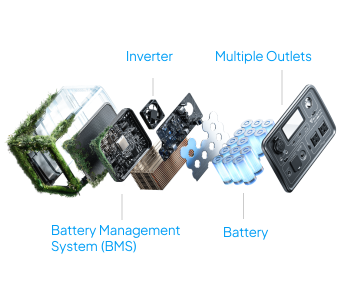
Looking for a reliable power pack for camping, travel or phone charging? Discover the best lithium power packs for all your needs, including BLUETTI’s EB3A, AC2A and AC50B.


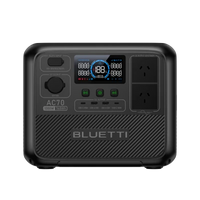

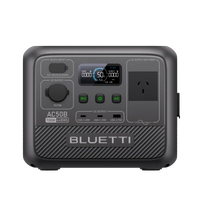

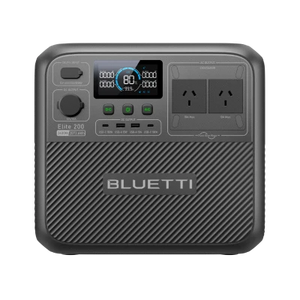
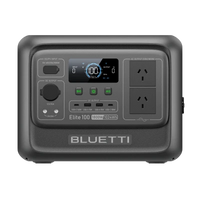


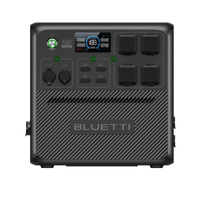
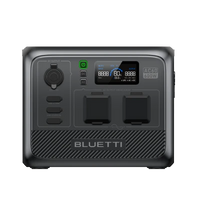
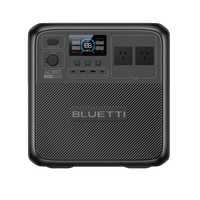




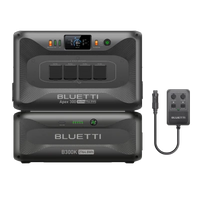
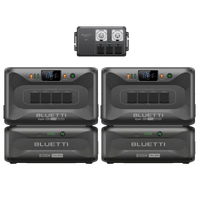
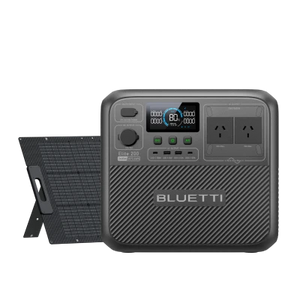
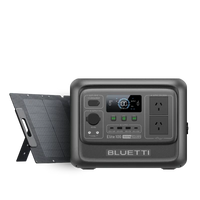
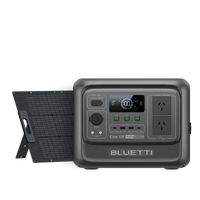
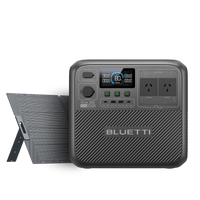
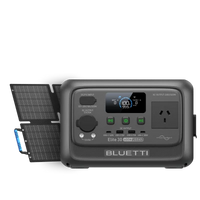

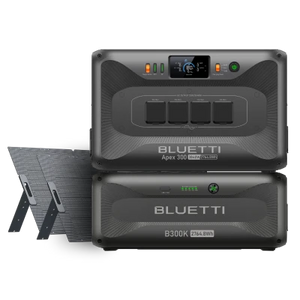



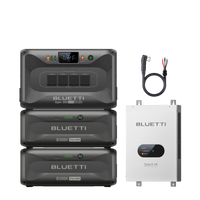



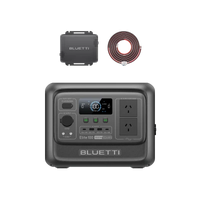


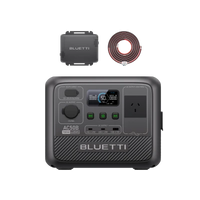
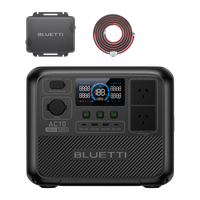




























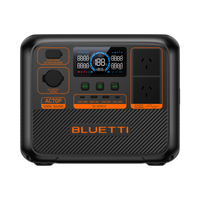
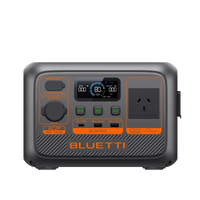

![[Phased Out] BLUETTI B80P Expansion Battery | 806Wh](http://www.bluettipower.com.au/cdn/shop/files/202310025B80P_2000-2000px_4_4caa0c1c-4dab-4272-9e9b-2b7507e5bd81.jpg?v=1713777870&width=200)
![[Phased Out] BLUETTI B210P Expansion Battery | 2,150Wh](http://www.bluettipower.com.au/cdn/shop/files/2_08cf9ef3-03a4-4489-b641-d3edb8094896.webp?v=1716016566&width=200)
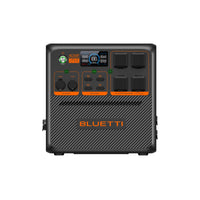
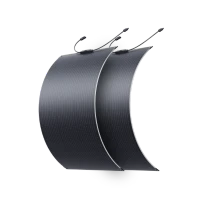




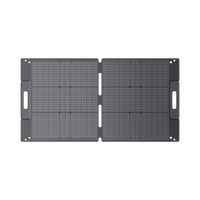

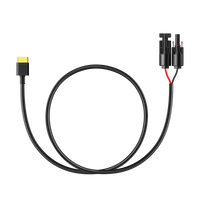
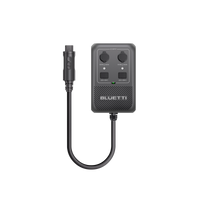
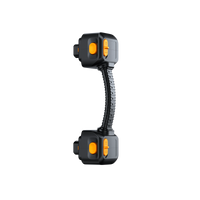
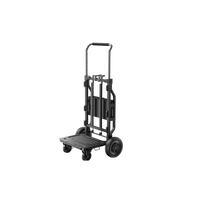

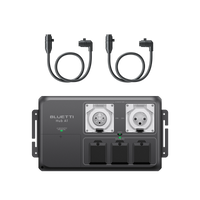
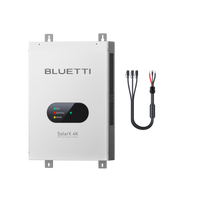



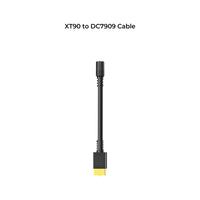
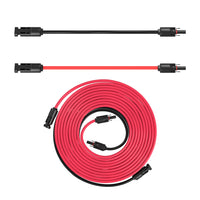
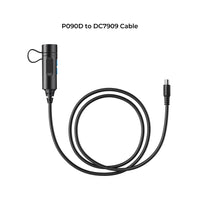

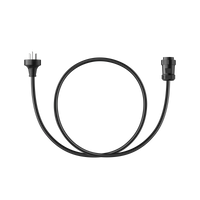






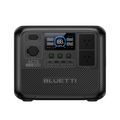
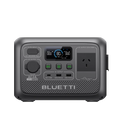



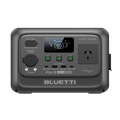

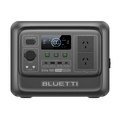


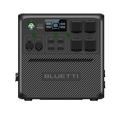
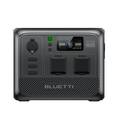






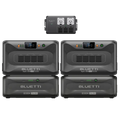





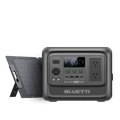

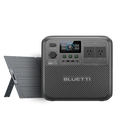
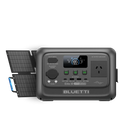
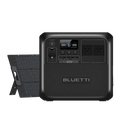










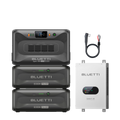


































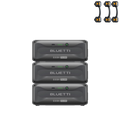








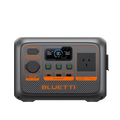

![[Phased Out] BLUETTI B80P Expansion Battery | 806Wh](http://www.bluettipower.com.au/cdn/shop/files/202310025B80P_2000-2000px_4_4caa0c1c-4dab-4272-9e9b-2b7507e5bd81.jpg?v=1713777870&width=120)
![[Phased Out] BLUETTI B210P Expansion Battery | 2,150Wh](http://www.bluettipower.com.au/cdn/shop/files/2_08cf9ef3-03a4-4489-b641-d3edb8094896.webp?v=1716016566&width=120)
